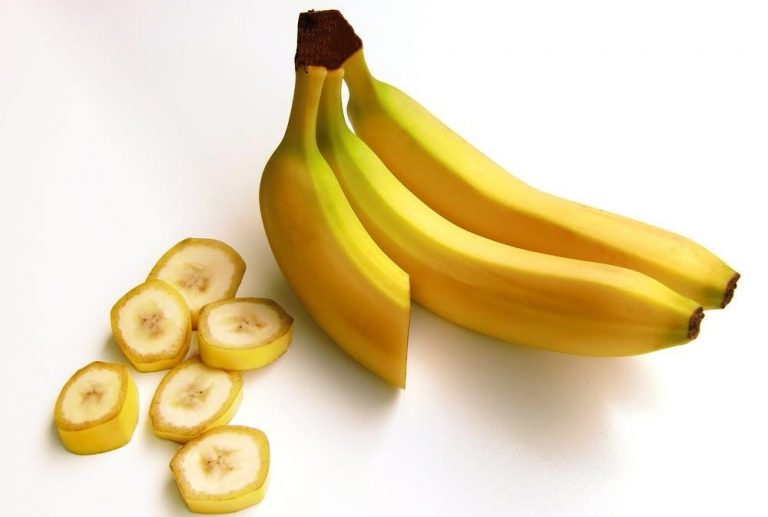
The rainbow diet is said to contain some of the most highly nutritious foods and therefore, they are important to add to each meal in one way or another.
Yellow
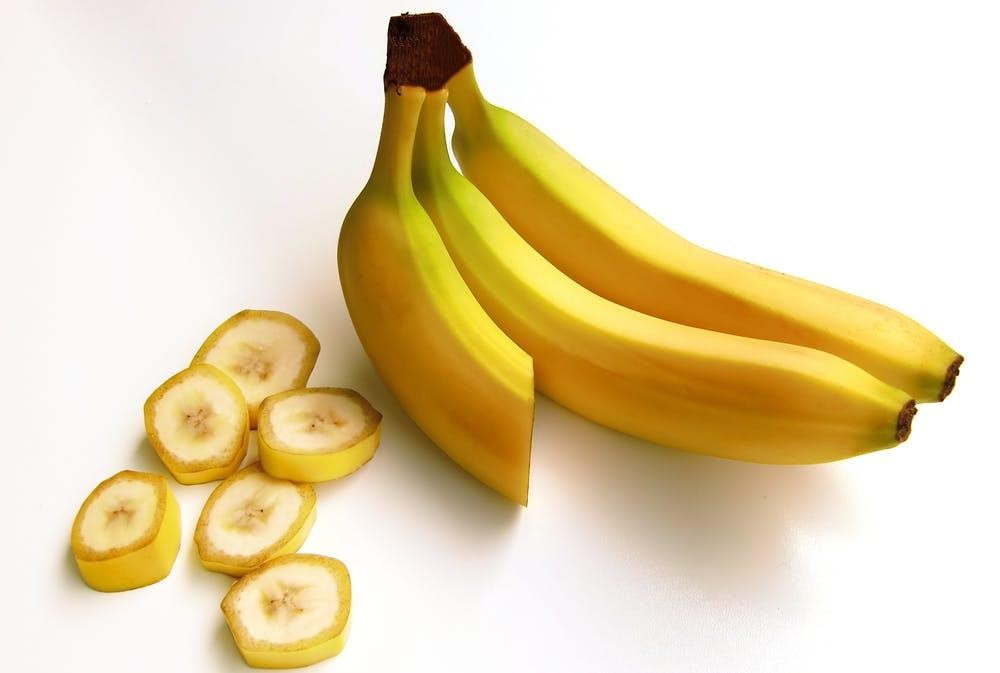
1.Bananas: this popular fruit is thought of as being “older than rice”! Bananas are most notable as sources of potassium. A great way to add more bananas to your daily diet is with smoothies!
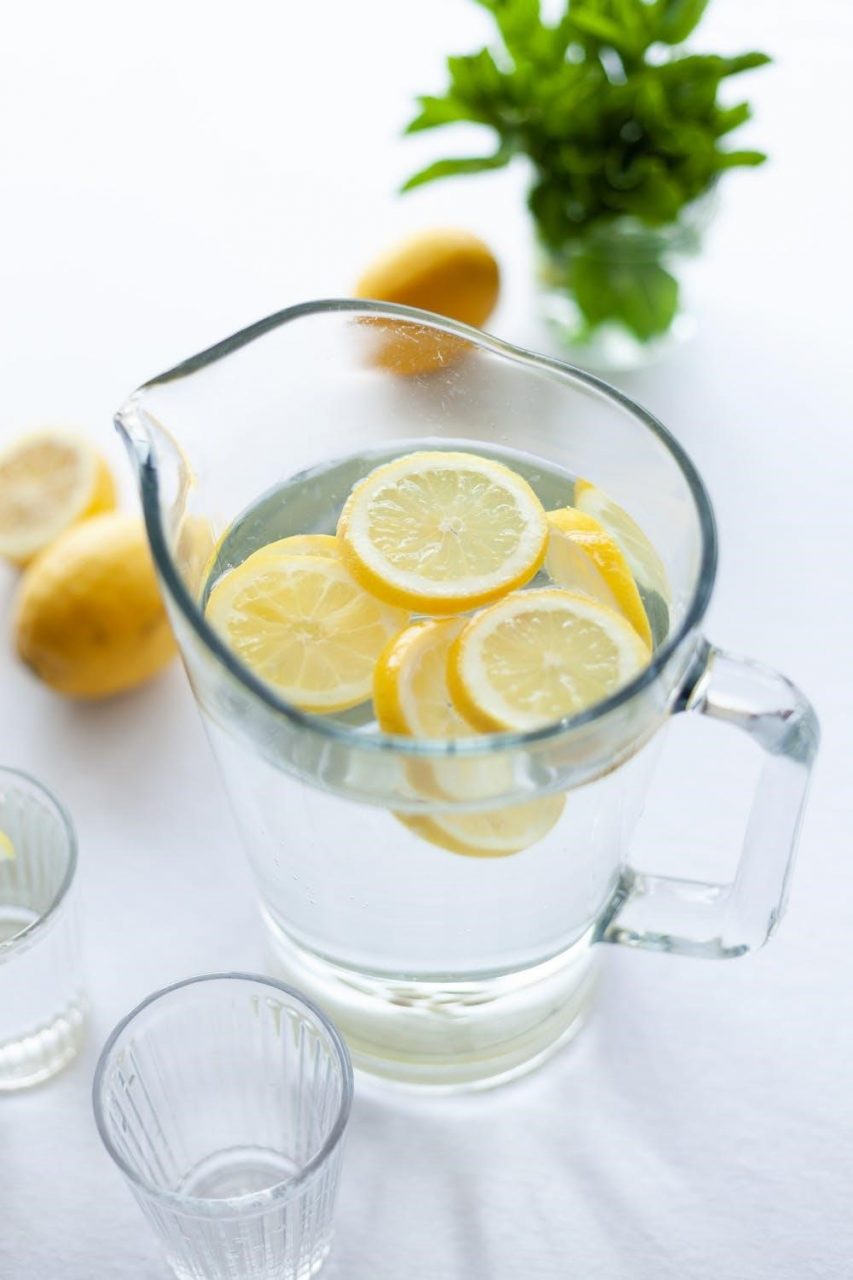
2,Lemons: lemons are not commonly eaten alone. They are usually added to a dish as garnish, marinade, or for some zest! Lemons are most notable as sources of vitamin C. One way to increase your daily lemon intake is by adding a few slices to a pitcher of water.
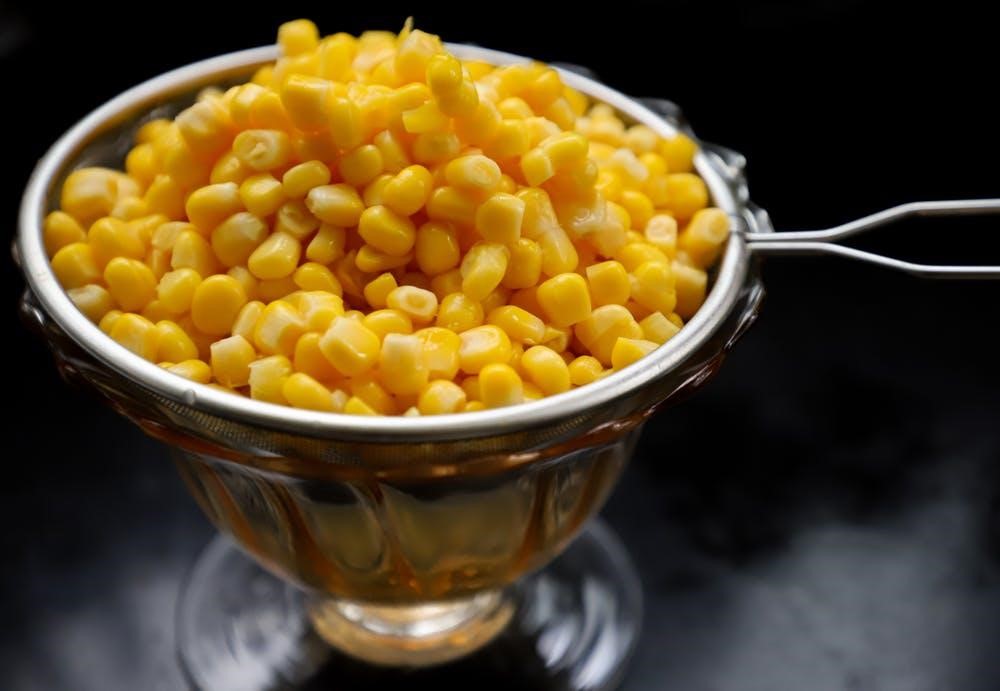
3.Corn: this popular vegetable has been enjoyed by people for thousands of years, beginning with inhabitants in Mexico, 10,000 years ago. Corn is thought of as a cereal grain and is a notable source of fiber, vitamin C, thiamin, and folate. Corn is a delicious side dish either as corn on the cob or as sweet kernels.
Green
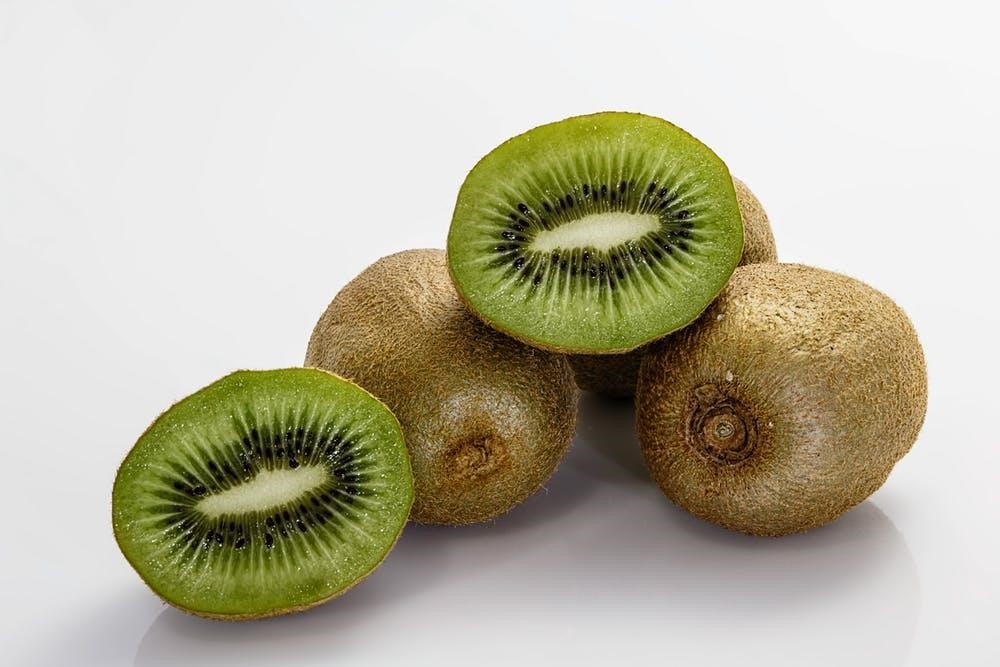
1.Kiwi: this fuzzy green fruit is believed to improve your quality of sleep. You may see them either labeled as kiwi, kiwifruit, or even Chinese gooseberries! Kiwi is a notable source of potassium and vitamin C. Once peeled and chopped, kiwi can be a great addition to a fruit salad!
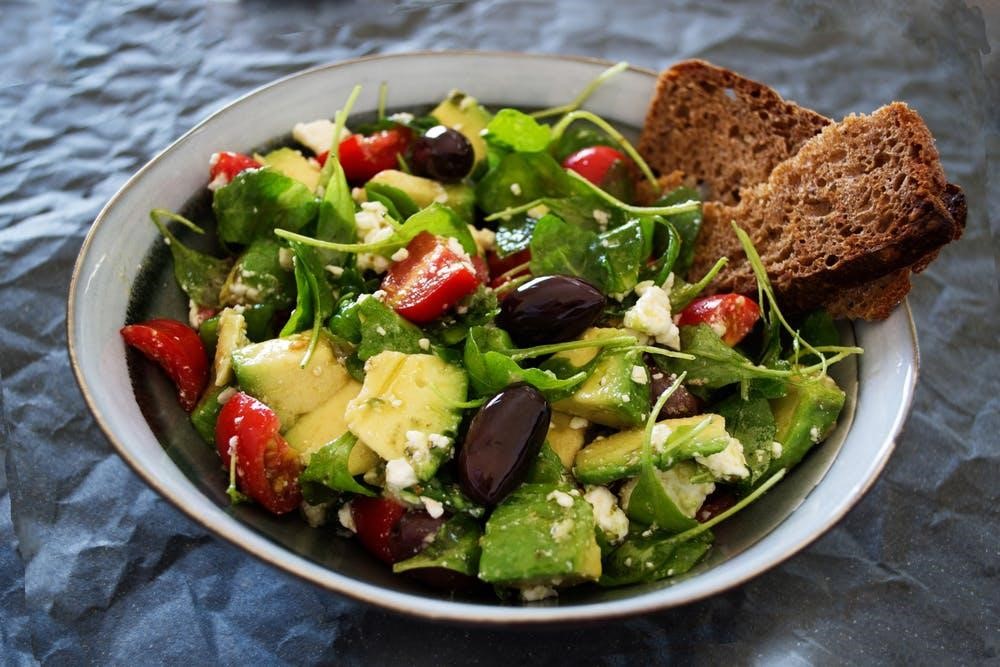
2.Arugula: is often used as salad greens. They are easily distinguished by their “spicy” flavor and are a popular cruciferous vegetable. Arugula is a notable source of vitamin K!
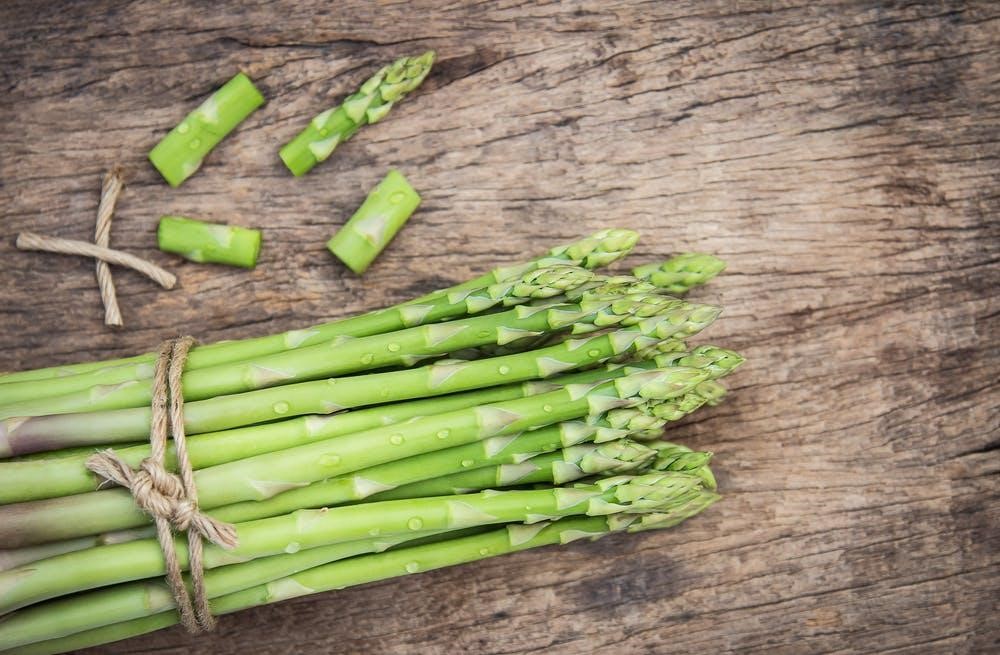
3.Asparagus: this stalky green vegetable, aids in digestion, weight loss, and can help lower blood pressure. Asparagus is also low in calories and is a notable source of fiber, vitamin C, vitamin A, and vitamin K as well as folate. Asparagus is a natural sidekick to any salmon dinner!
Red
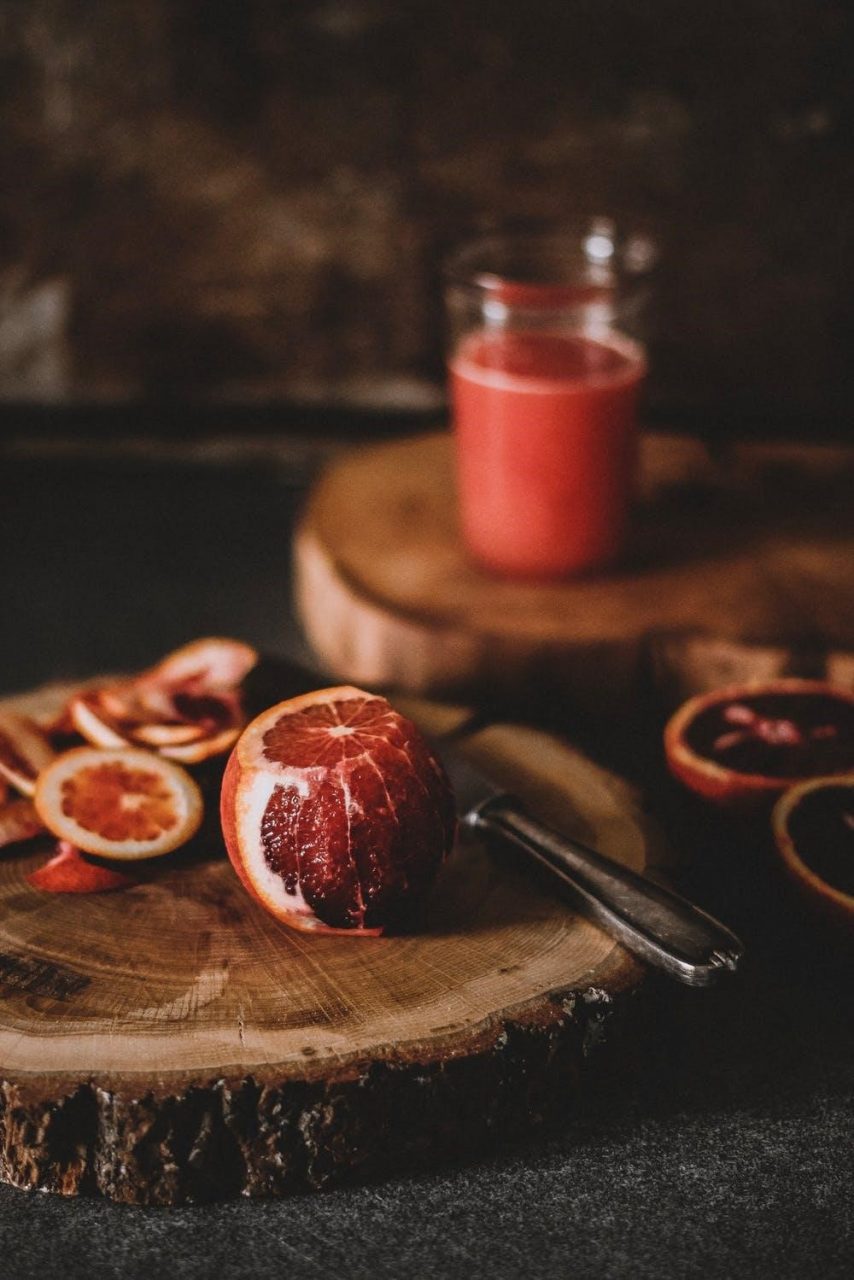
1.Blood oranges: ruby red fruits are mostly farmed December through May. Blood oranges are anti-inflammatory fruits and are notable sources of vitamin C, folic acid, and anthocyanins. Their juice is a great marinade for meat!
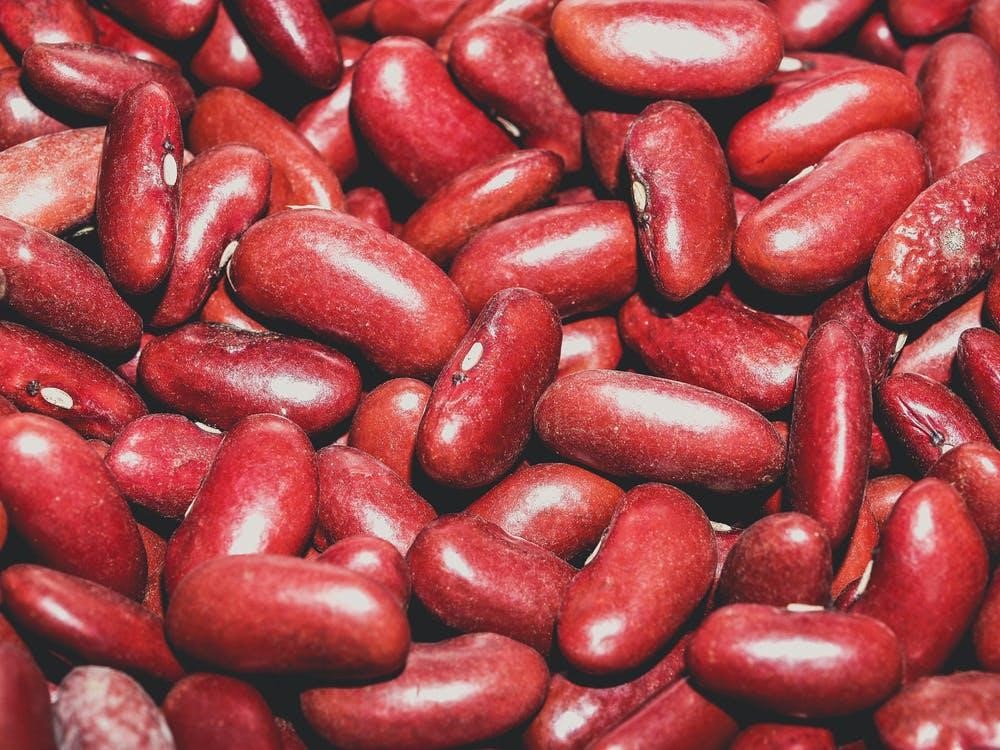
2.Kidney Beans: these organ-shaped beans are great for boosting energy, lowering cholesterol, and are packed full of protein. Kidney beans should be soaked, boiled, and added to soups, chilis, and rice dishes!

Rhubarb: This is an unusual vegetable as their leaves are poisonous and should not be eaten! The edible part of the plant is actually the stalk, which is commonly cooked into pies and other sweet desserts with fruit. Rhubarb is a notable source of potassium!
Purple
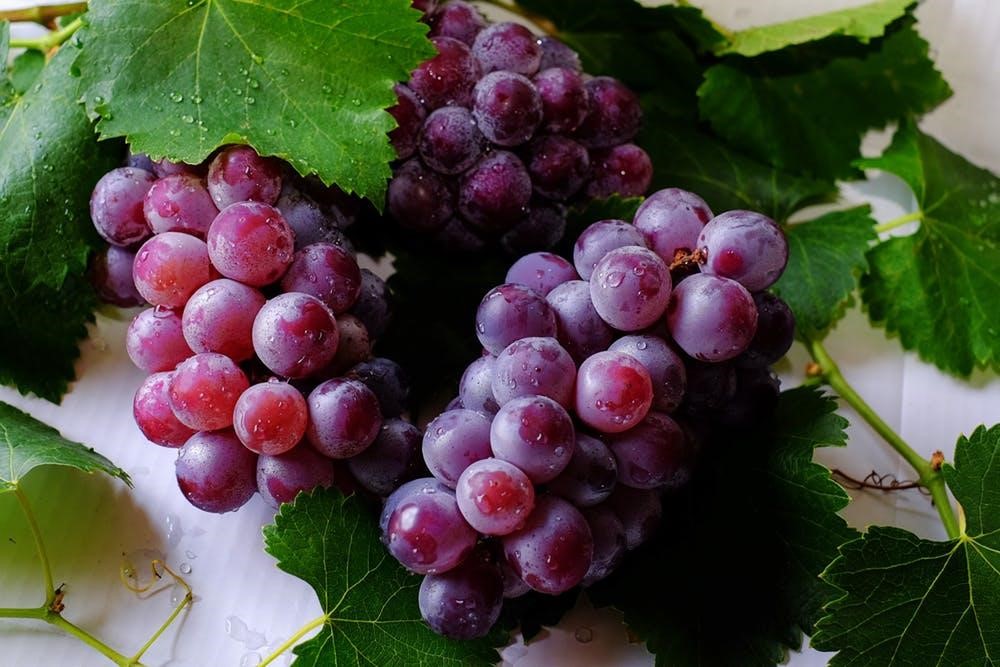
1.Purple Grapes: these delicious fruits contain anti-inflammatories and antioxidants. Purple grapes have a long history dating back to Ancient Egypt! They are heart protected and cancer fighters. Purple grapes can be eaten raw off of the stem as a juicy snack or added to a fruit salad!
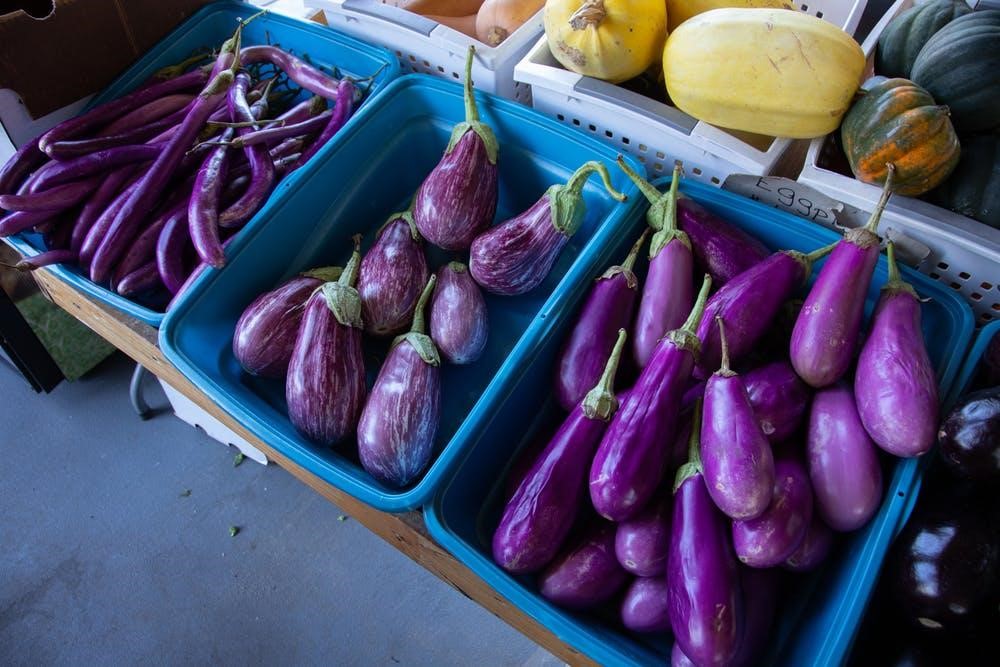
2.Eggplant: This is a versatile vegetable that is a good replacement for best in several types of dishes, such as eggplant parmesan! They are notable sources of fiber and can help reduce the risk of heart disease!

3.Purple potatoes: these colorful starchy vegetables are grown in tropical climates. They contain more potassium than bananas and are also notable sources of vitamin C and iron! Purple potatoes make a colorful side dish, roasted and paired with herb chicken!
Orange
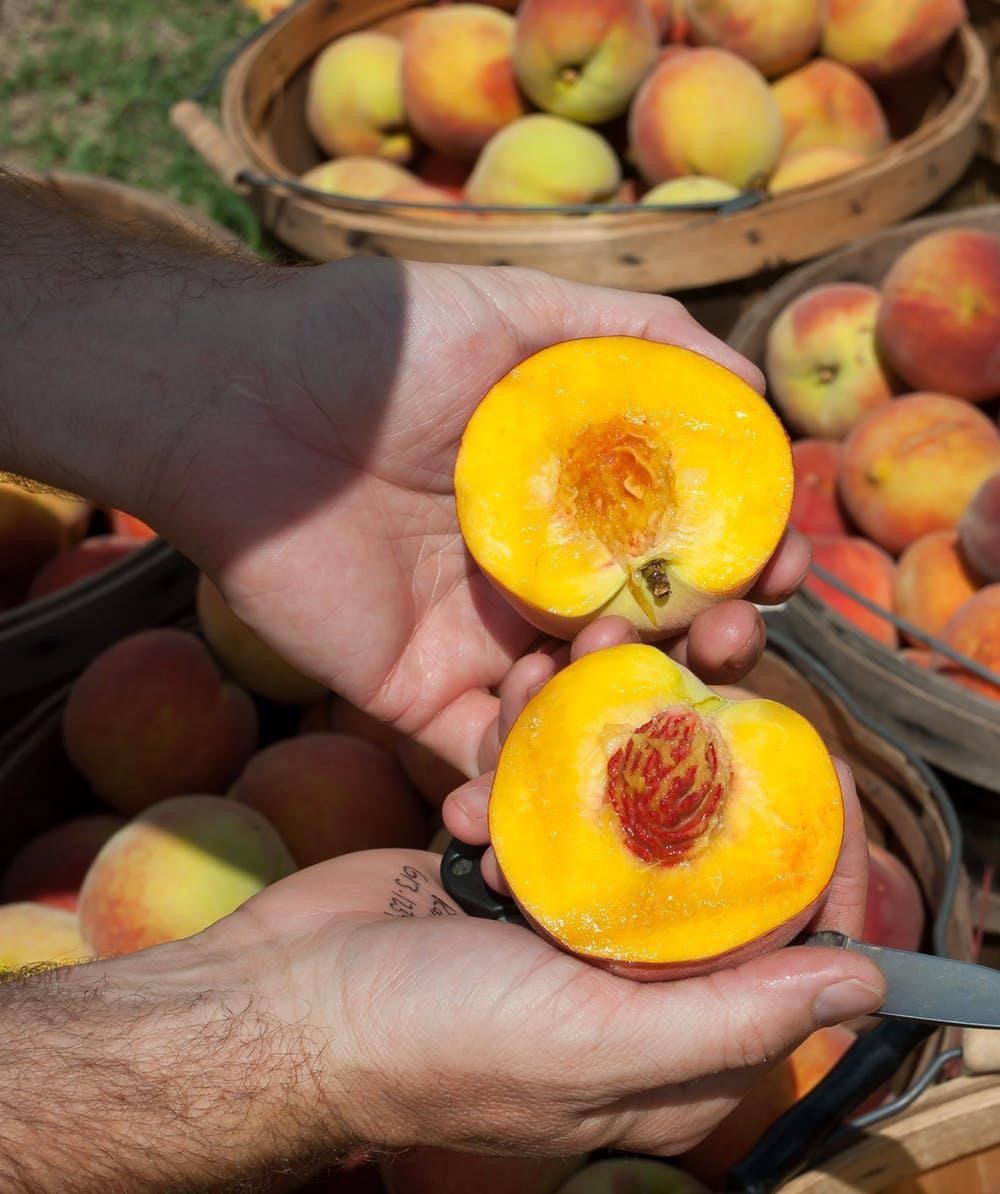
1.Nectarines: this juicy fruit is similar to peaches and are often mistaken for them. Rightly so, as their only distinct difference is that nectarines have smooth skin while peaches have fuzzy skin. Nectarines are largely grown in California and are notable sources of vitamin C, antioxidants, and flavonoids. Both nectarines and peaches are great grilled and paired with pork or ham dishes.
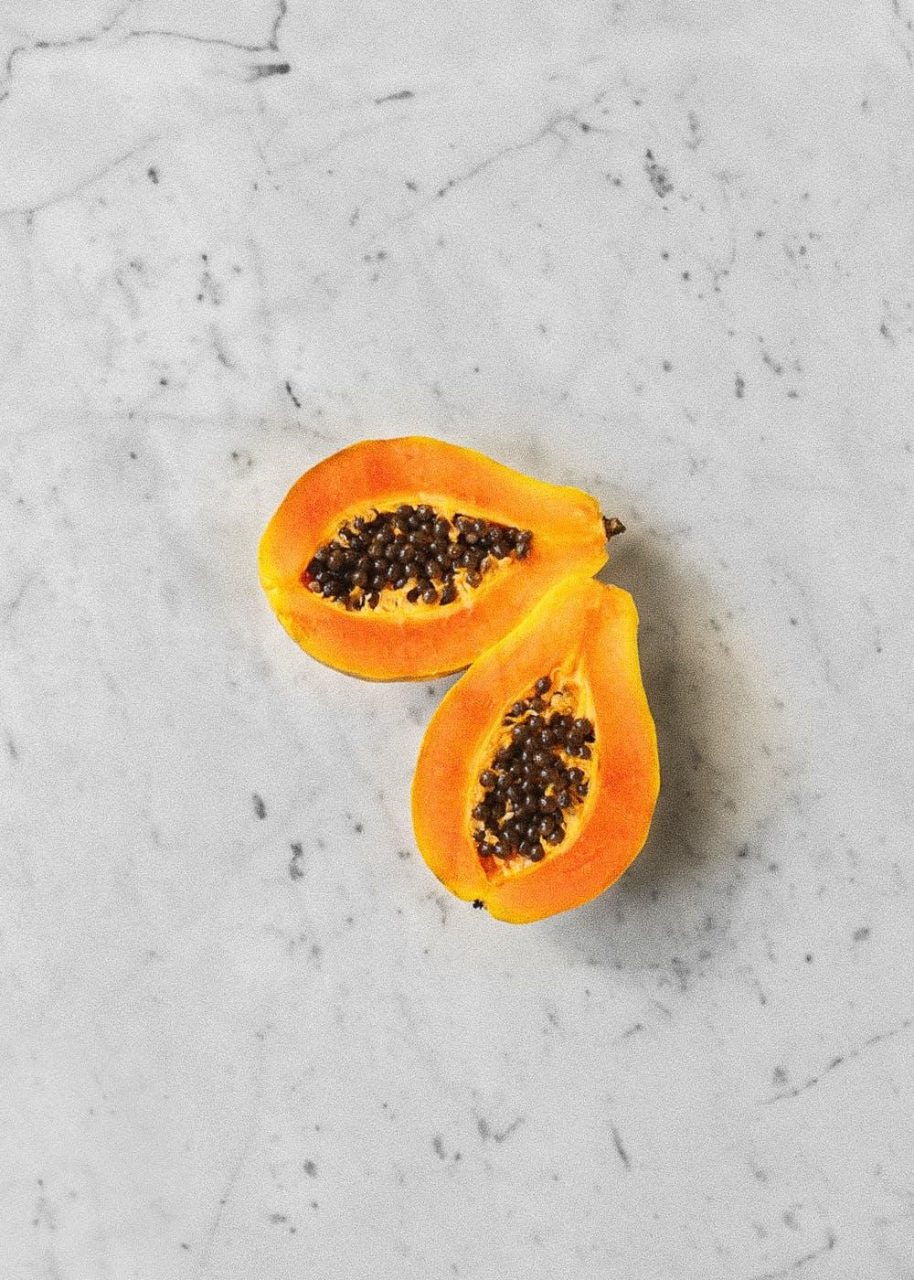
2.Papaya: This fruit is sometimes called pawpaw and is grown in the southern and central American tropics. Papaya is a digestive aid, and meat tenderizer. Papaya is a popular addition to salads or desserts.
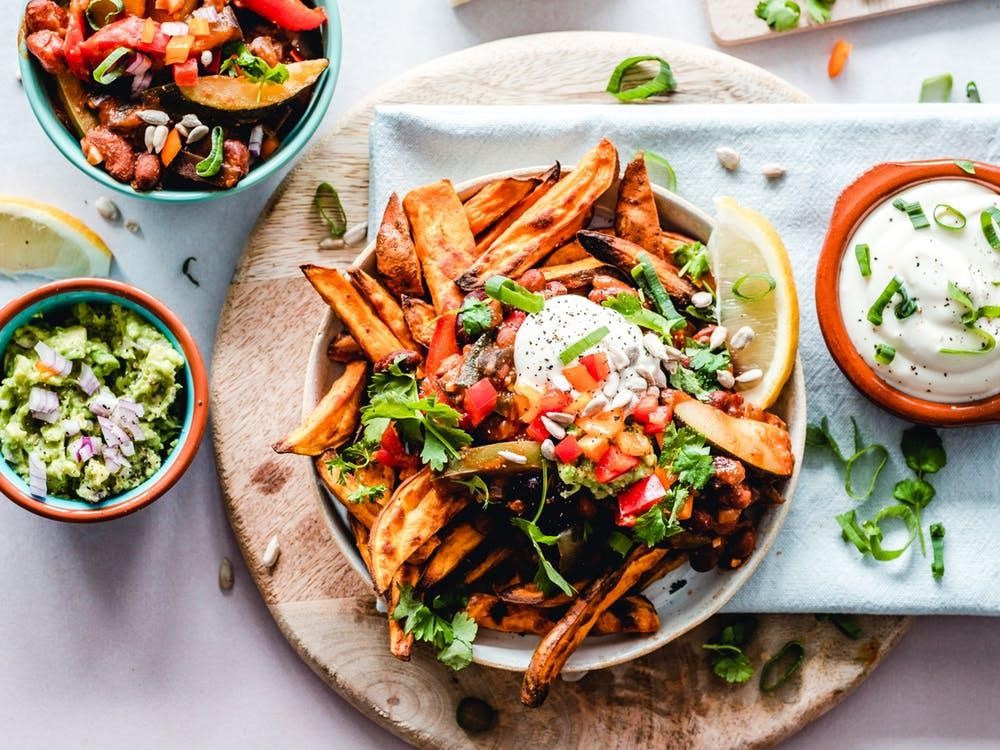
Sweet potatoes: this is a sweet vegetable. They are blood sugar stabilizers, can assist in maintaining weight and are notable sources of antioxidants, fiber, iron, beta-carotene, and calcium. Sweet potatoes can be made into fries and pies!